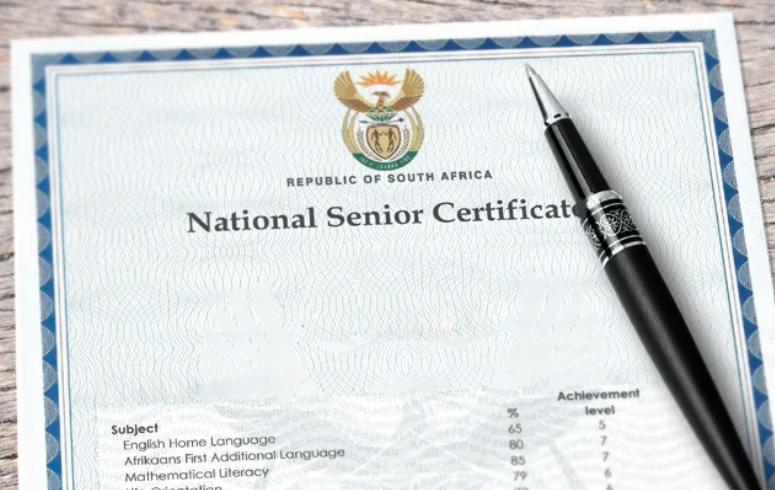
Minister of Basic Education Angie Motshekga has released new statistics focusing on the drop out rates at South Africa’s schools.
Responding in a parliamentary Q&A session, Motshekga said that there is a lot of confusion about drop-out rates – including how these are defined and measured.
She said that the drop-out rate is often loosely referred to as the proportion of children who leave the schooling system without completing Grade 12.
However, another way in which drop-out rates are conceived is the proportion of children exiting the school system after each grade, she said.
“Whenever matric results are released some critics refer to the so-called ‘real pass rate’, which attempts to measure the percentage of all children who started school that went on to complete matric.
“Figures in the range of 37% to 40% are usually mentioned in this regard. This is inaccurate and is caused by the perpetual mistake of comparing grade 1 enrolments (which are inflated due to grade repetition) to matric passes.”
Motshekga said that the high rate of grade repetition in grade 1 is the main reason why this method is flawed, but another reason is that a substantial number of people complete matric through supplementary June NSC exams.
The real pass rate
She provided the below statistics that shows the percentage of 22-25 year-olds who have completed at least Grade 12 for each year since 2009, using General Household Survey data.
“For these calculations one needs to select an age range which is old enough so as to avoid including large percentages of youths still in school and therefore possibly still going to complete Grade 12 (this would cause an underestimate of grade 12 completion) but which is still young enough so as to reflect recent trends in school completion.
“For this reason, the age range of 22-25 year-olds has been selected. According to this methodology, the percentage of youths who have completed grade 12 has increased from about 44.9% in 2009 to about 53.8% in 2018. It should also be emphasised that these are estimates based on a nationally representative sample of households,” she said.

Drop-out rates for each grade
Another way of measuring drop-out rates is to look at the percentage of learners who drop out after each grade, said Motshekga.
The table below shows the drop-out rates and survival rates for those born during 1992-1994 – and surveyed between 2016-2018.
The survival rates in the table show the percentage of individuals who reached each grade. The rate was then converted to show the number of individuals, out of a 1000 individuals who reached each grade.
The final column also shows the percentage of all individuals reaching particular grades who then drop out before attaining the next grade. This methodology is more in line with commonly used international definitions of dropout rates.

Research indicates that the high dropout and repetition rates towards the end of secondary are symptomatic of weak learning foundations which become more apparent as learners get closer to the National Senior Certificate examination, said Motshekga.
“The department is therefore prioritizing interventions both to keep learners in school and to improve the quality of learning outcomes throughout the school system so that learners reach grades 10, 11 and 12 better equipped for the National Senior Certificate examination.
“Furthermore, the department is aiming to ensure that more youths who do not complete the National Senior Certificate still do obtain some form of educational qualification and gain access to other post-schooling education and training opportunities, such as technical and vocational education.”
article by Business Tech

